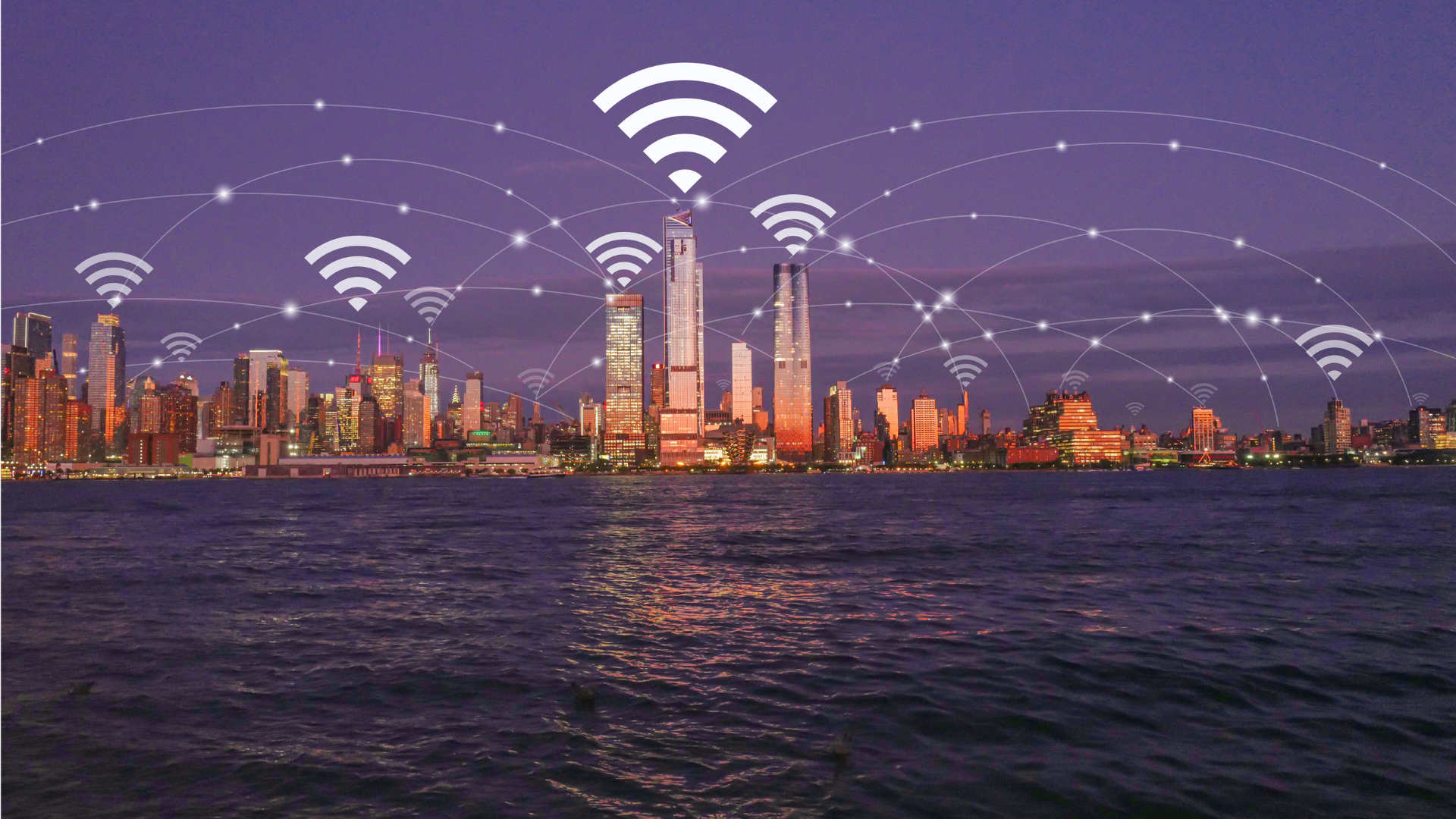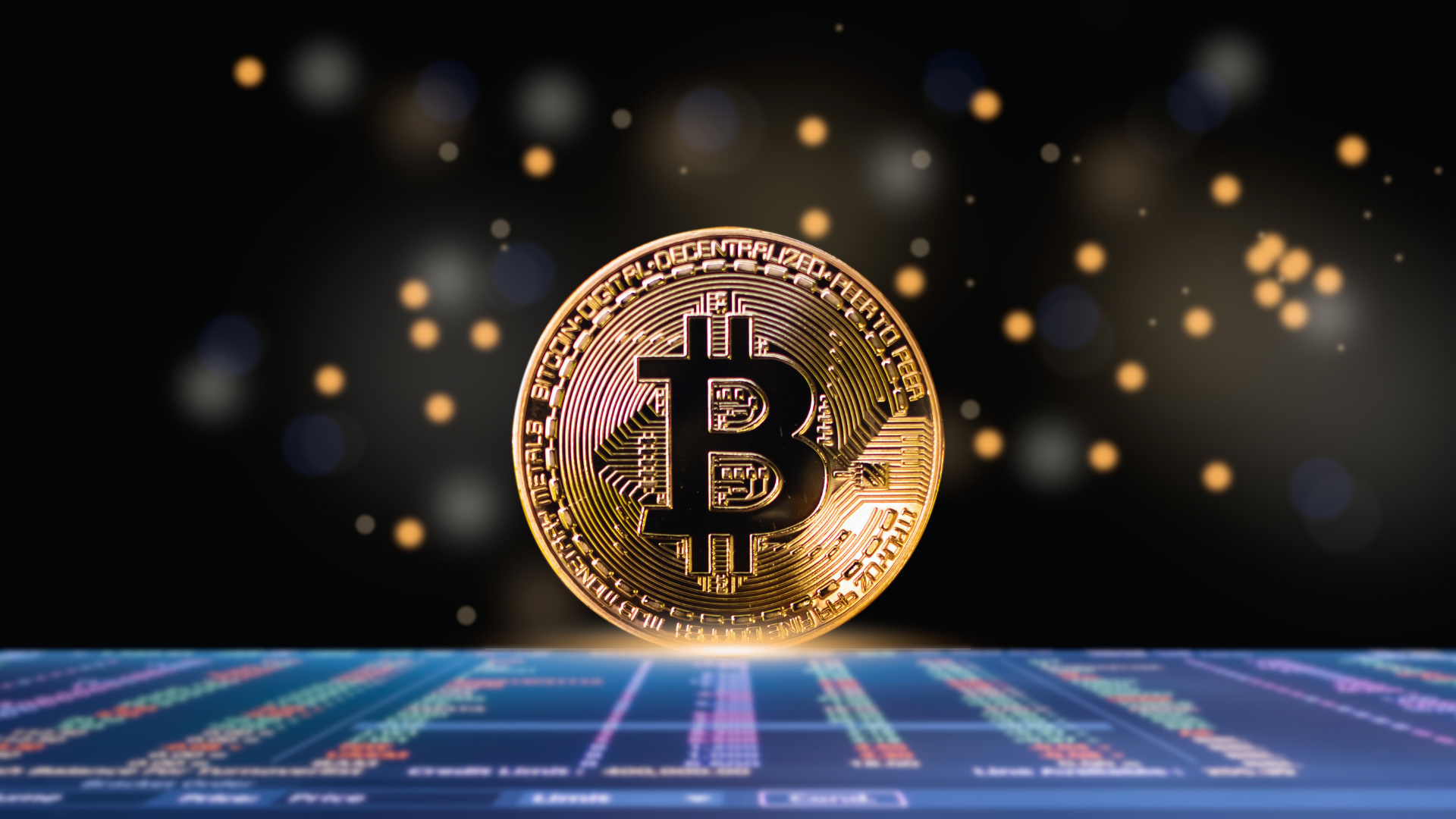The rollout of 5G technology is set to transform both business and society in unprecedented ways. As industries harness the power of 5G, they can expect enhanced connectivity, lower latency, and greater capacity, driving innovation and efficiency across various sectors. This new wave of technology promises to impact everything from remote working capabilities to advancements in healthcare, shaping how people interact with digital services.
Businesses will experience an evolution in operations due to 5G’s ability to support a multitude of connected devices simultaneously. This connectivity allows for the emergence of smart factories, interactive retail experiences, and more responsive customer service models. Ultimately, the increased speed and reliability of 5G will enable companies to optimise their processes and create new revenue streams.
Society, too, stands to benefit from 5G implementation. With improved internet access, rural areas may see economic growth, while urban environments can better manage resources through smart city initiatives. The integration of 5G will significantly influence daily life, facilitating advancements in education, public safety, and entertainment. As this technology continues to develop, its effects will resonate widely, reshaping both personal and professional landscapes.
The Foundation of 5G and Its Technological Advancements
5G represents a significant leap in mobile communication technology, offering enhanced speed, reliability, and connectivity. Its impact extends beyond basic improvements, influencing sectors such as IoT, AI, and communication networks in transformative ways.
Understanding 5G Technology
5G technology is based on a new architecture that utilises higher frequency bands. These millimetre waves can carry more data at faster speeds. Latency reduces dramatically, enabling real-time communication.
Key features of 5G include:
- Enhanced Mobile Broadband (eMBB): Supports high-speed internet.
- Massive Machine-Type Communications (mMTC): Provides connectivity for numerous devices.
- Ultra-Reliable Low Latency Communications (URLLC): Ensures reliability for critical applications.
This infrastructure paves the way for smarter cities, autonomous vehicles, and more effective industrial processes.
Advancements in IoT and AI
5G’s capabilities greatly benefit the Internet of Things (IoT) and artificial intelligence (AI). The increased bandwidth facilitates seamless connections among a vast number of devices, leading to improved data exchange.
These advancements allow for:
- Real-time analytics: Enabling instant decision-making in sectors such as healthcare and logistics.
- Connected smart devices: Enhancing everyday life through home automation and energy management.
The integration of AI with 5G allows for adaptive systems that learn and evolve, optimising processes and personalising user experiences.
Implications for Communication Networks
5G reshapes communication networks by enhancing efficiency and security. Its architecture supports advanced networking techniques such as network slicing, which allows providers to create tailored networks for different needs.
Benefits include:
- Improved Network Efficiency: More effective use of resources.
- Greater Reliability: Enhanced performance during peak usage times.
These changes provide a robust foundation for emerging technologies and help businesses adapt to evolving market demands, making communications faster and more secure.
5G’s Influence on Business and Economic Growth
The introduction of 5G technology is set to reshape business practices and drive extensive economic growth. This transformation will occur through the enhancement of remote work capabilities, advancements in finance, and the creation of new opportunities for innovation.
Enabling Remote Work and Collaboration
5G significantly enhances remote work by providing faster and more reliable internet connections. By using the best 5g data plans employees can connect seamlessly with each other, irrespective of their location. This can help businesses leverage high-definition video conferencing, cloud-based applications, and real-time collaboration tools without experiencing lag or interruptions.
The ability to work remotely improves employee satisfaction and productivity. Flexible work environments enable companies to attract talent from a broader geographical area. This shift not only reduces overhead costs for businesses but also fosters a more diverse workforce.
Transforming Finance and Trading
In the finance sector, 5G facilitates rapid data transfer and low-latency communications, essential for trading activities. Financial institutions can execute trades in milliseconds, reducing the risk associated with market fluctuations. Real-time analytics become more accessible, enabling investors to make informed decisions swiftly.
Additionally, 5G paves the way for innovative financial services like mobile banking and digital payments. Enhanced connectivity supports the growth of fintech firms, which are transforming traditional banking by offering more agile and user-friendly solutions.
Fostering Innovation and Business Opportunities
5G technology acts as a catalyst for innovation across various industries. Businesses can experiment with new applications, such as the Internet of Things (IoT), smart manufacturing, and augmented reality services. These applications unleash new avenues for growth and productivity improvements.
Emerging technologies like AI and machine learning also benefit from 5G’s capabilities. Companies that adopt these innovations can streamline operations, improve customer experiences, and create tailored services. The result is a dynamic business environment that continually adapts to changing market demands and opportunities.
Societal Changes and the Impact on Everyday Life
The advent of 5G technology is reshaping societal norms and everyday experiences. Its high-speed connectivity and low latency are fostering innovations in various sectors, including healthcare, entertainment, and transportation.
Augmented and Virtual Reality
5G enhances Augmented Reality (AR) and Virtual Reality (VR) experiences by providing seamless connectivity. This technology allows users to engage in immersive environments, transforming gaming, education, and training.
In education, AR applications can overlay information directly onto real-world objects. This could improve interactive learning experiences in classrooms. Meanwhile, VR can simulate real-life scenarios for professional training, such as medical procedures or emergency response.
Businesses are also incorporating AR for marketing. Customers can interact with products virtually before purchasing. This capability can influence buying decisions and enhance brand engagement significantly.
Healthcare Transformation Through Technology
5G is revolutionising healthcare delivery with more efficient data transmission. Telemedicine is becoming increasingly viable, allowing patients to consult doctors remotely via high-quality video calls. This link reduces the need for physical visits, particularly in rural areas.
Wearable devices can monitor vital signs in real time, sending data directly to healthcare providers. This proactive approach facilitates early diagnosis and intervention, reducing hospital admissions. Data-heavy applications, such as medical imaging, benefit from 5G’s rapid speeds, ensuring doctors can access images almost instantaneously. The integrated use of AI and networked devices broadens diagnostic capabilities significantly.
Autonomous Vehicles and Automation
The rollout of 5G is crucial for the advancement of autonomous vehicles. These vehicles rely on real-time data to navigate safely, and the low latency offered by 5G is essential for this functionality. Connected infrastructure, such as traffic signals and road signs, enhances vehicle-to-everything (V2X) communication. This network allows vehicles to respond to their environment, improving safety and efficiency on the roads.
Beyond transportation, automation in industries will also flourish. Increased connectivity permits smarter factories where machines communicate effectively. This integration can lead to higher productivity and reduced operational costs, enabling a more streamlined approach to various manufacturing processes.
Addressing Challenges and Health Concerns
As 5G technology advances, it brings certain challenges and health concerns that need addressing. The implications for security and data sharing are significant, alongside worries about health effects linked to new communication technologies.
Security and Data Sharing Concerns
5G networks facilitate faster data transfer and improved connectivity for various applications. However, this increased capability raises significant security risks. Data breaches and unauthorised access to sensitive information become more probable as devices connect to the network.
Businesses need to implement robust cybersecurity measures. This includes regular updates, encryption methods, and secure authentication processes. Users should be aware of data-sharing practices and corporate policies regarding personal information to mitigate risks effectively.
To enhance security, collaboration is essential between technology providers, governments, and regulatory bodies. Ensuring that stringent standards are in place will help build trust in these new technologies.
Health Concerns Surrounding 5G
Health concerns regarding 5G technology primarily focus on electromagnetic fields (EMF) emitted by new communication networks. Studies are ongoing to determine the potential biological effects of prolonged exposure to these fields.
Numerous health organisations, including the World Health Organisation, state that current evidence does not confirm adverse health effects from 5G frequencies. Yet, the importance of continued research and public health assessments remains crucial.
Public perception plays a significant role in the acceptance of 5G. Clear communication about potential health risks and ongoing scientific studies will help address fears and promote informed discussions. Engaging with communities and stakeholders is vital to ensure transparency around this technology.








